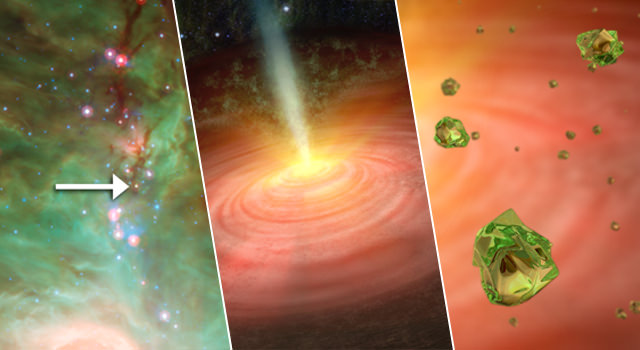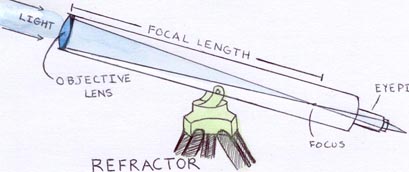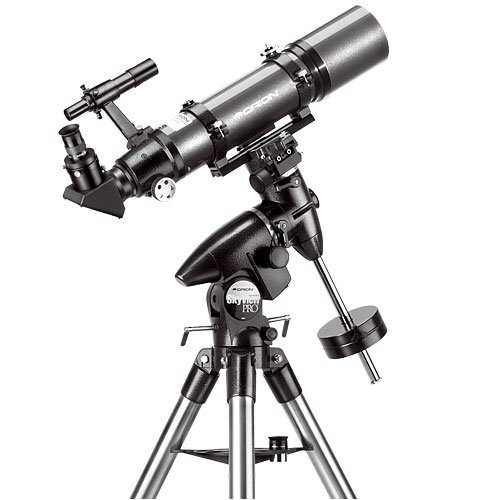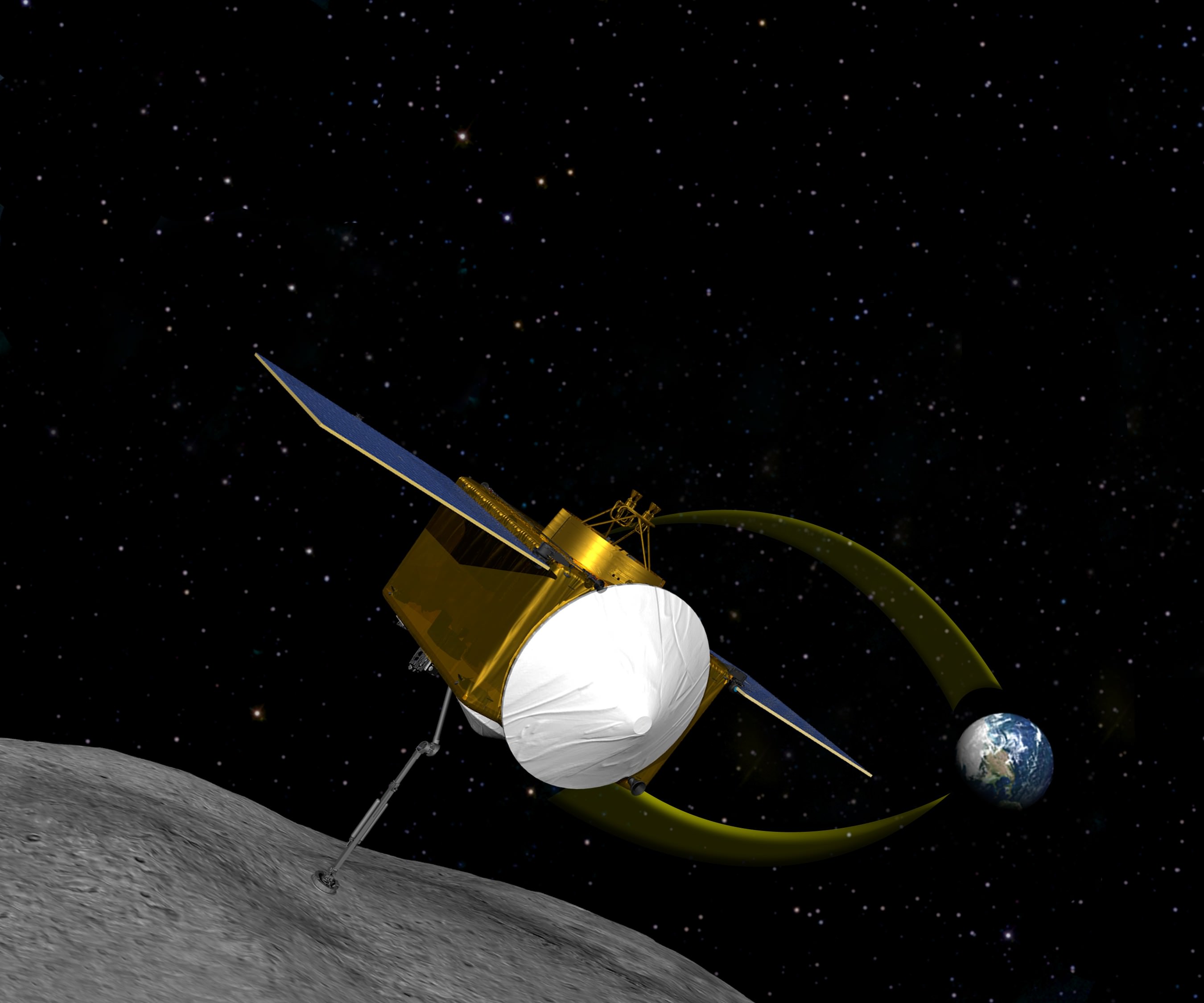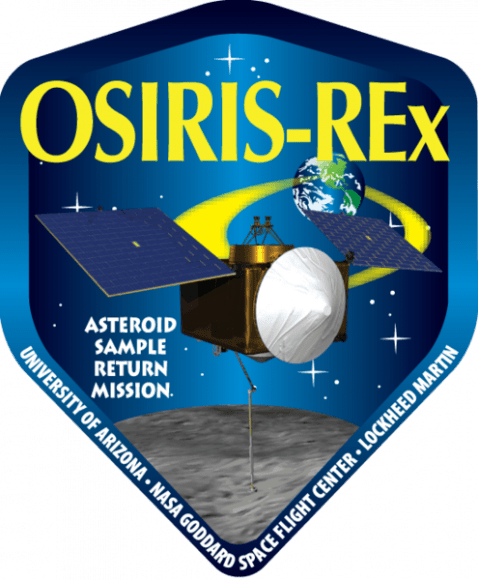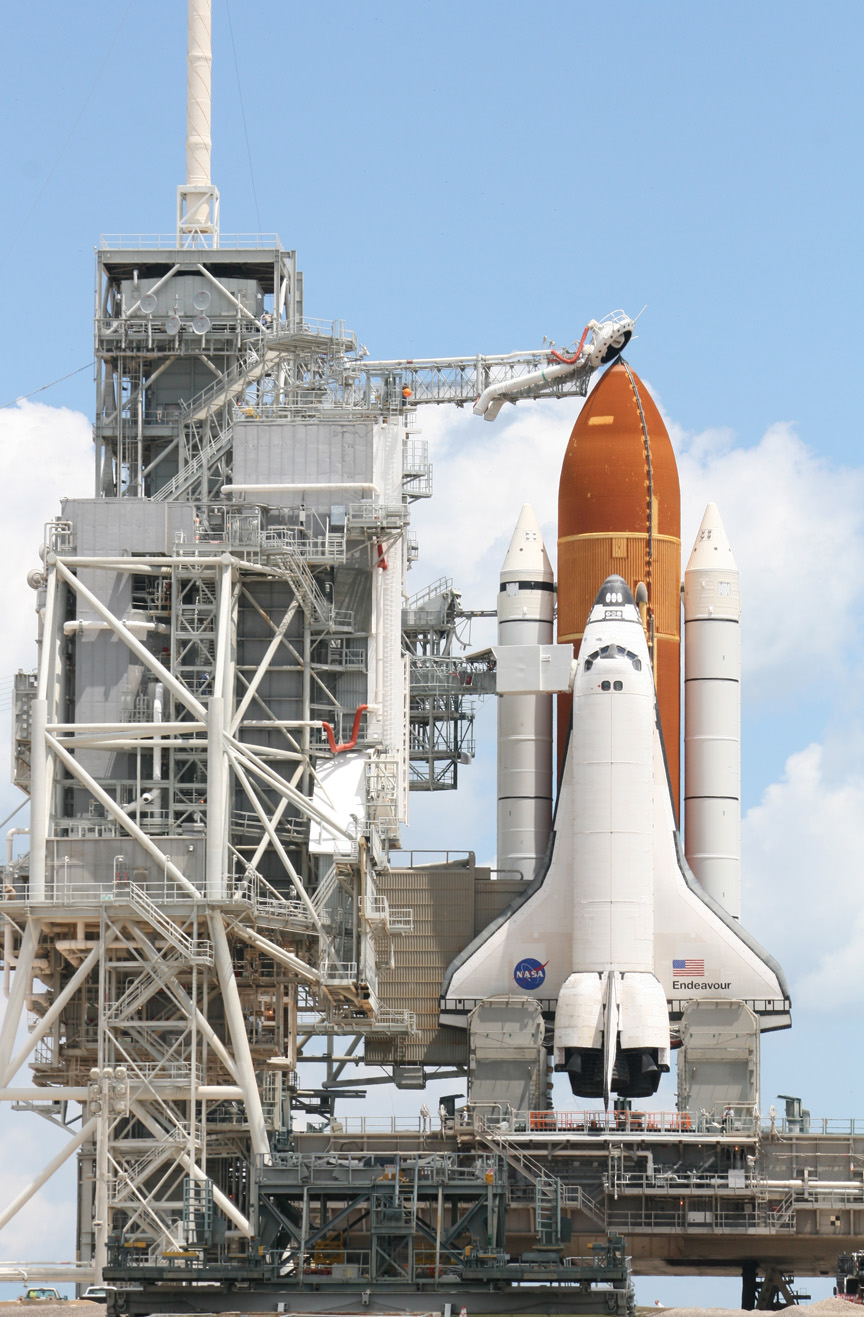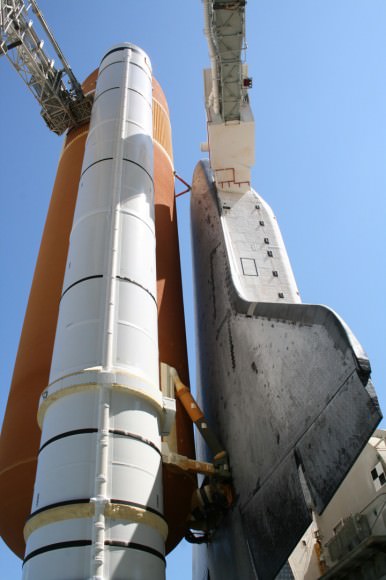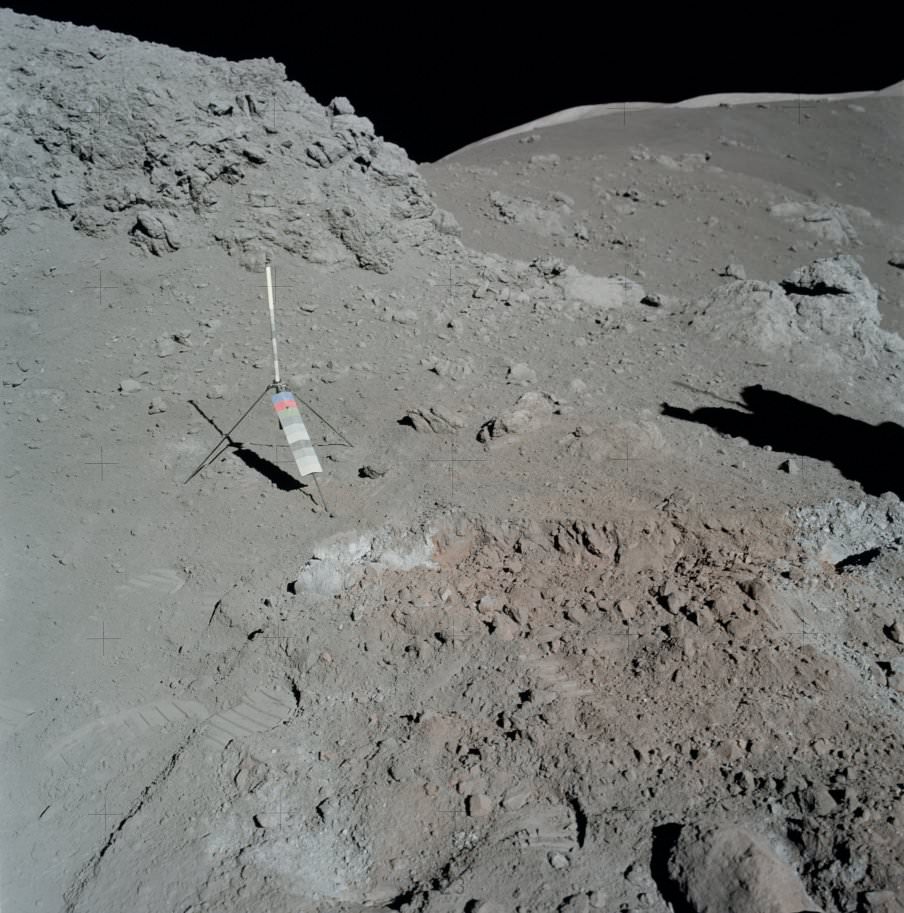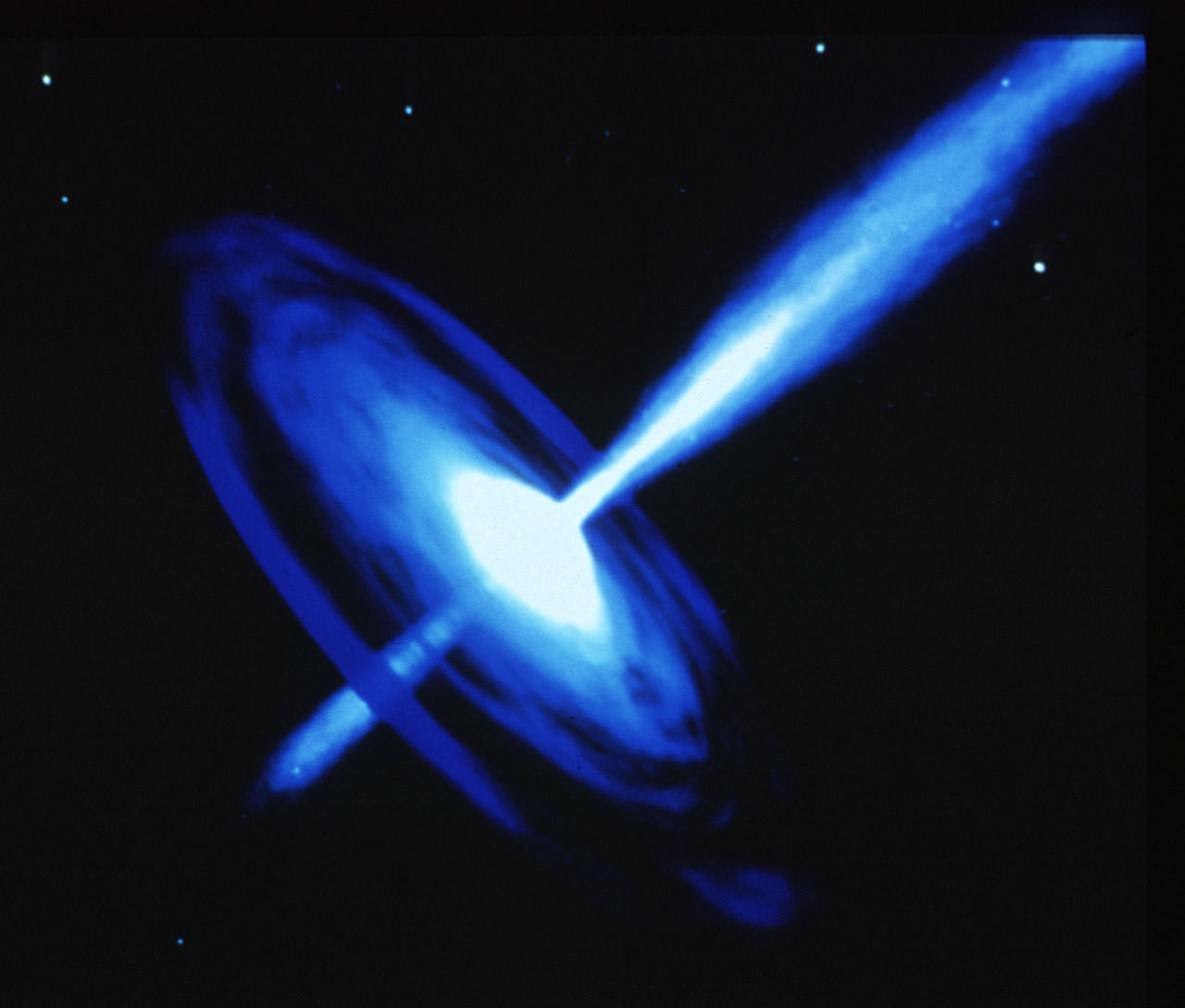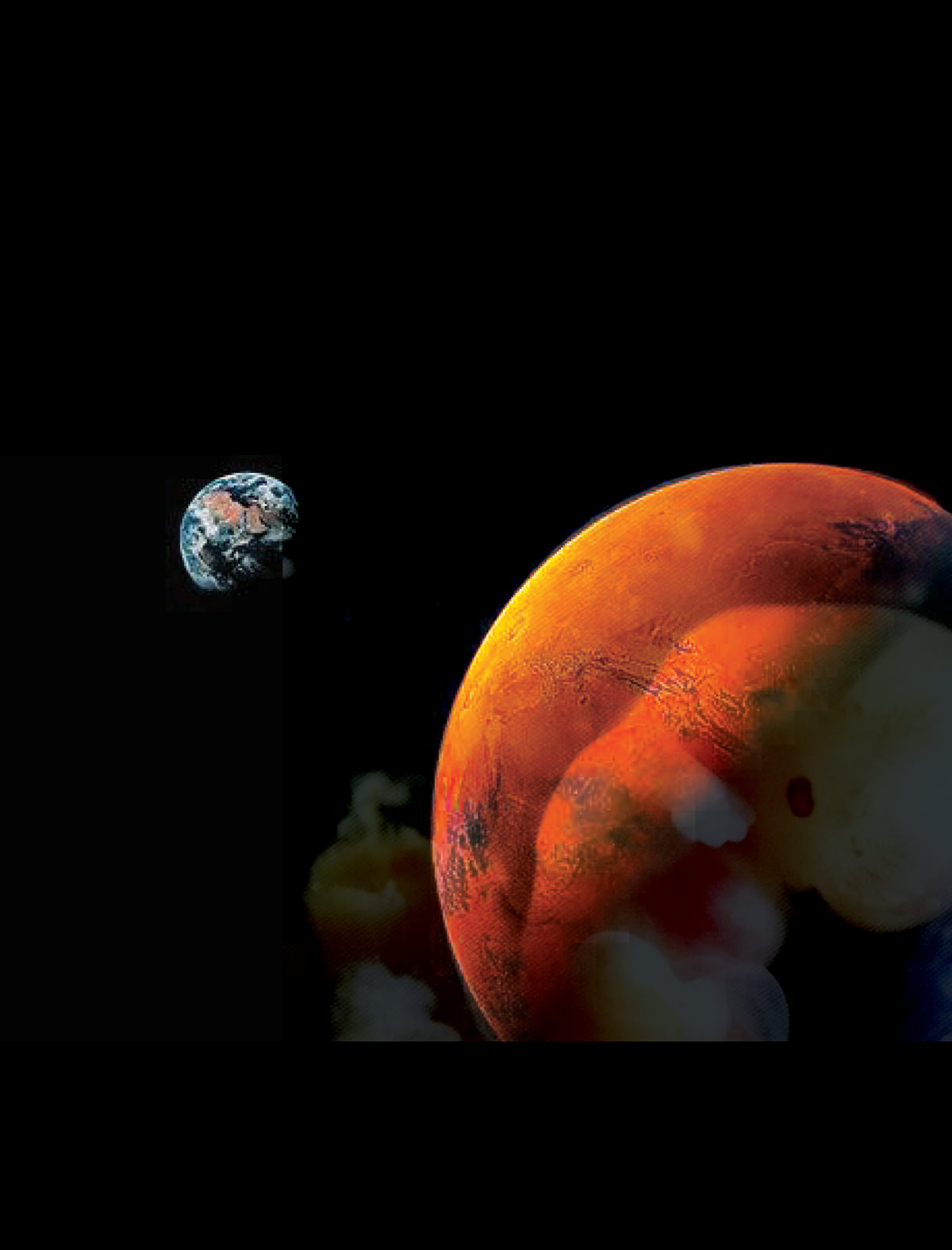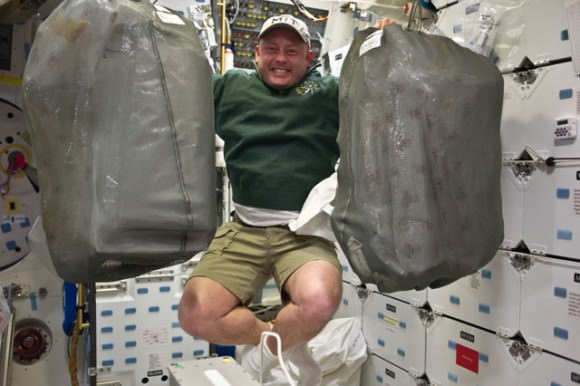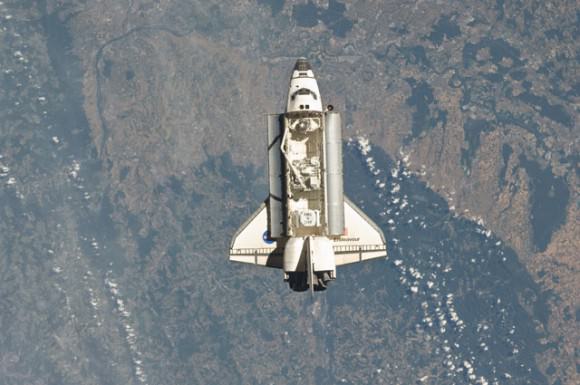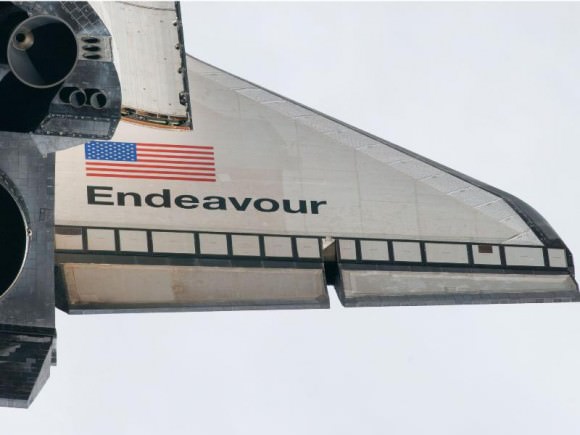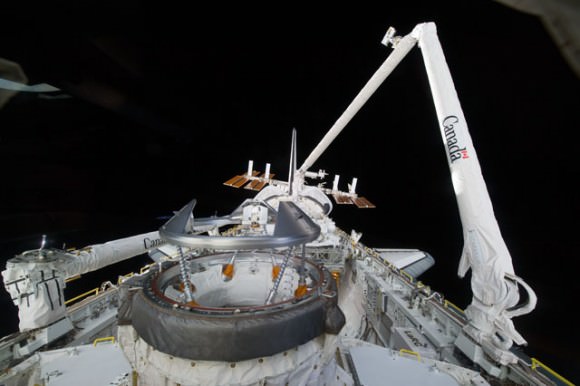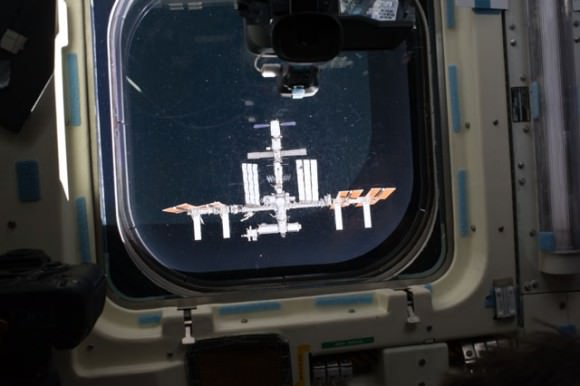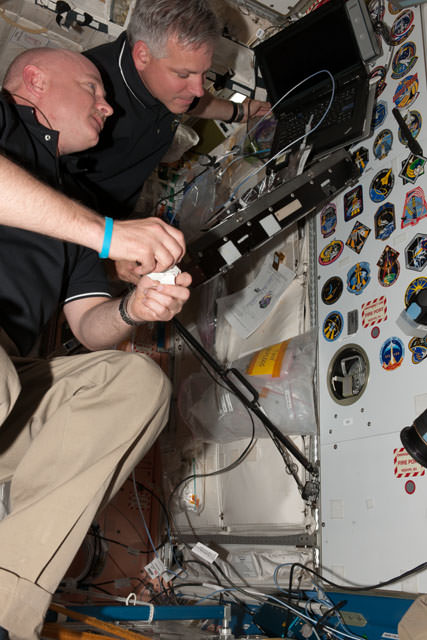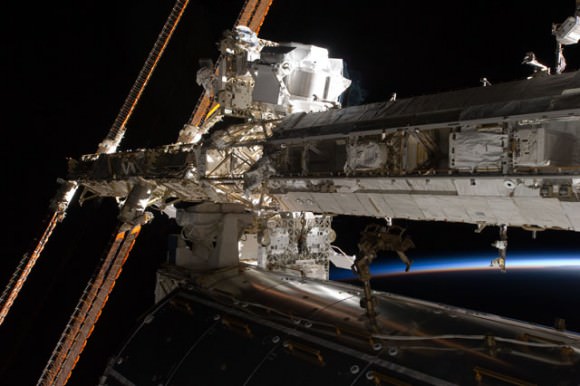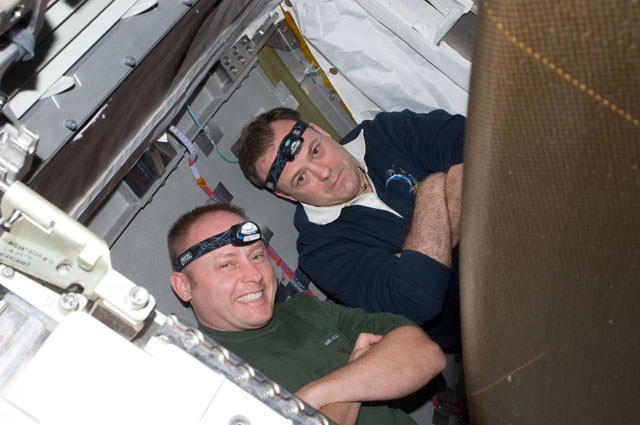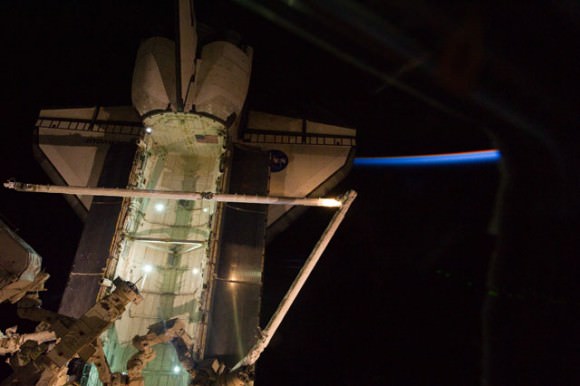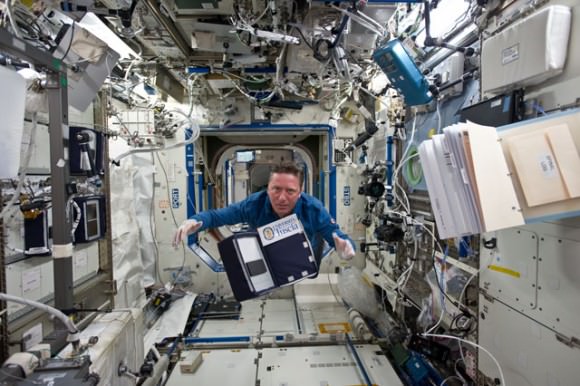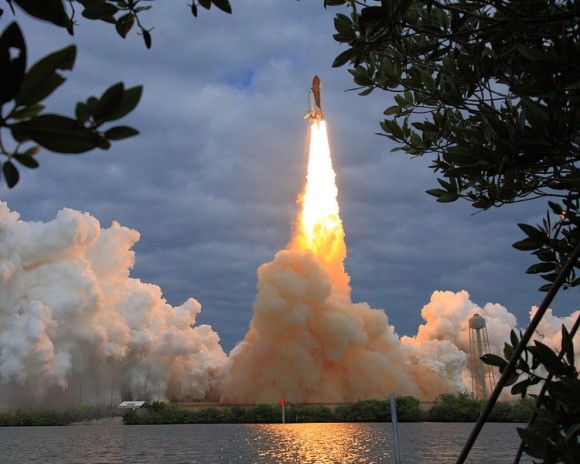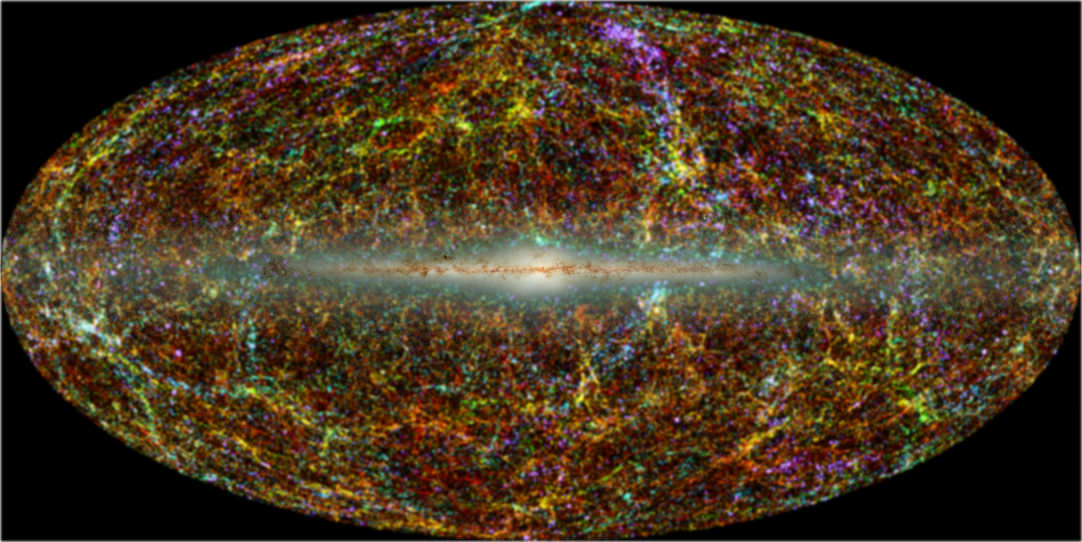[/caption]
Thanks to the infrared eye of the Spitzer Space Telescope, researchers have captured evidence of “crystal rain” collapsing around a forming star. These tiny bits of green mineral – olivine – are also found in meteorites, but it’s the first time it has been observed in the dusty embryo of the stellar creation process. While it’s still unclear how these crystals formed, the suspect may be jets of superheated gas.
“If you could somehow transport yourself inside this protostar’s collapsing gas cloud, it would be very dark,” said Charles Poteet, lead author of the new study, also from the University of Toledo. “But the tiny crystals might catch whatever light is present, resulting in a green sparkle against a black, dusty backdrop.”
Located in the constellation of Orion, protostar HOPS-68 shares its forsterite crystals with a host of terrestrial souces, too. The forsterite crystal rain chemical compositions belongs to the olivine family of silicate minerals. Not only is it found in meteorites, but it’s part of common Earthly deposits, such as a periodot gemstone and the green sand beaches of Hawaii. In space you’ll find it in remote galaxies and NASA’s Stardust and Deep Impact missions both located the crystals in their close-up studies of comets. But it takes a mighty furnace to forge forsterite.
“You need temperatures as hot as lava to make these crystals,” said Tom Megeath of the University of Toledo in Ohio. He is the principal investigator of the research and the second author of a new study appearing in Astrophysical Journal Letters. “We propose that the crystals were cooked up near the surface of the forming star, then carried up into the surrounding cloud where temperatures are much colder, and ultimately fell down again like glitter.”
While the presence of olivine might be new, capturing the forsterite signature has occurred before – spotted in the swirling, planet-forming disks that surround young stars. What’s unusual is finding it in such at cool temperature… about minus 280 degrees Fahrenheit (minus 170 degrees Celsius). This leads researchers to believe the crystals are cooked below then “served up” in the outer structure. This line of reasoning might also explain why comets also contain the same minerals. As the rocky travellers move through infant solar systems, they collect the crystals where they have moved away to cooler climes.
Could this be true of what we know of our own solar system’s formation? Poteet and his colleagues say it’s plausible, but speculate that jets might have lifted crystals into the collapsing cloud of gas surrounding our early sun before raining onto the outer regions of our forming solar system. Eventually, the crystals would have been frozen into comets. The Herschel Space Observatory, a European Space Agency-led mission with important NASA contributions, also participated in the study by characterizing the forming star.
“Infrared telescopes such as Spitzer and now Herschel are providing an exciting picture of how all the ingredients of the cosmic stew that makes planetary systems are blended together,” said Bill Danchi, senior astrophysicist and program scientist at NASA Headquarters in Washington.
Original story source can be found at JPL News.

